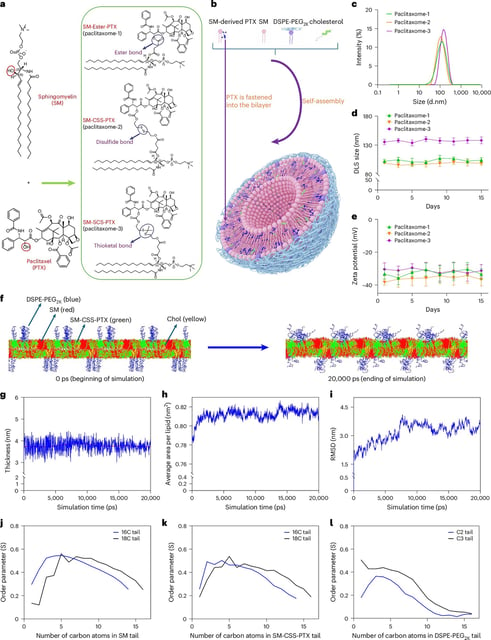Overview
- Researchers chemically linked paclitaxel to sphingomyelin to form a self-assembling nanovesicle, Paclitaxome, that reshapes the drug’s biodistribution.
- The enhanced version added an ultra‑pH‑sensitive azepane charge switch and a CD47 “self” peptide to boost circulation time, tumor uptake, and penetration in mouse models.
- In triple‑negative breast and advanced pancreatic cancers, the formulations outperformed Taxol and Abraxane, slowed tumor growth, and extended survival.
- Off‑target accumulation and toxicity, including myelosuppression, decreased compared with existing paclitaxel products in the reported studies.
- Co‑delivery of gemcitabine or carboplatin inside the vesicle outperformed standard combinations in mice, the strategy worked with camptothecin in a colon model, and the team is advancing preclinical work toward first‑in‑human trials.
